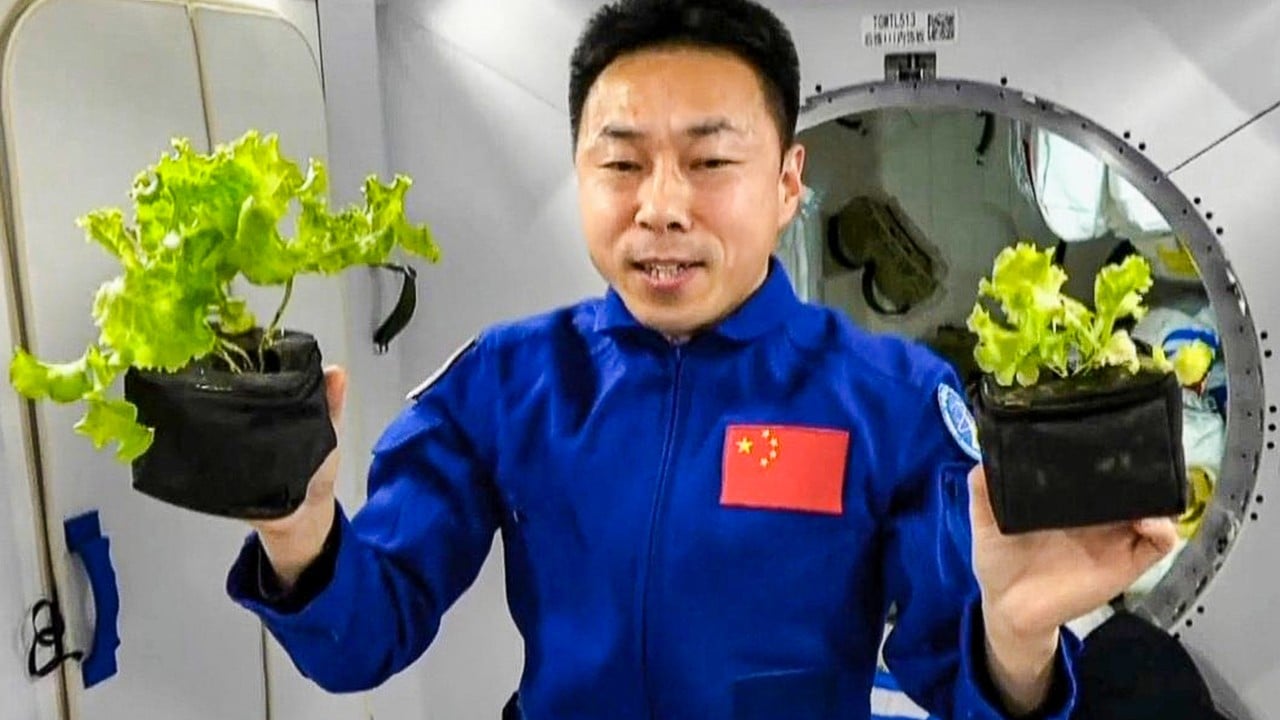A series of experiments on board China’s space station have for the first time produced oxygen and the ingredients for rocket fuel – key steps that are considered essential for human survival and the future exploration of space.
Advertisement
The Shenzhou-19 crew aboard the Tiangong space station successfully conducted the world’s first in-orbit demonstration of artificial photosynthesis technology, producing oxygen, as well as the ingredients necessary for rocket fuel, paving the way for long-term space exploration, including a crewed moon landing before 2030.
The 12 experiments took place inside a drawer-shaped device, using semiconductor catalysts to convert carbon dioxide and water into oxygen while producing ethylene, a hydrocarbon that can be used to make spacecraft propellants, according to the China Manned Space (CMS) website.
The tests focused on several technologies that would be essential for resource production and human survival, including: carbon dioxide conversion at room temperature; the precise control of gas and liquid flows in microgravity; and real-time, high-sensitivity detection of reaction products, the report said.
“This technology mimics the natural photosynthesis process of green plants through engineered physical and chemical methods, utilising carbon dioxide resources in confined spaces or extraterrestrial atmospheres to produce oxygen and carbon-based fuels,” state broadcaster CCTV reported on Sunday.

“The work is expected to provide critical technical support for human survival and exploration in outer space,” the report added.
Advertisement

